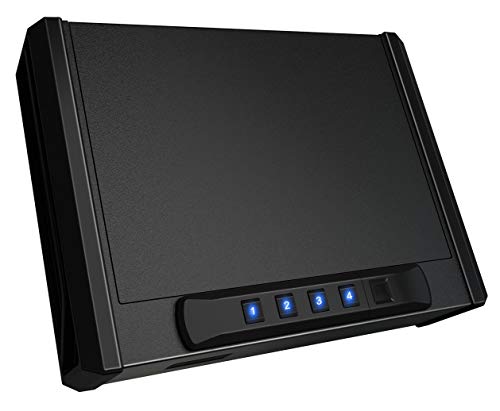The idea of internet connections between devices that are not smartphones or computers is a very attractive one. The Internet has already made it possible to connect almost any device, even remotely, to the web. This is commonly done with smart devices such as light switches, thermostats and security systems, and many more. Connecting the world together through a network of interconnected devices continues to be an appealing concept and will open up many opportunities for new businesses and products.
If you want to dig down into exciting concepts, then explore M2M connectivity or just connectivity.
What is M2M connectivity
M2M connectivity is a term used to describe the wireless connection between machines and devices that enable remote monitoring and control.
The first examples of M2M connectivity were seen in 1997 when Ericsson developed an M2M network to monitor the flight of aircraft, which led to further innovations in the field.
However, it was only in 2011 that we began to see the emergence of widespread M2M technology. This growth was largely driven by increasing demand for new digital services and technologies, such as Big Data which requires a large-scale, machine-to-machine (M2M) communication infrastructure.
Today there are many applications for M2M connectivity, including smart grids, environmental monitoring, e-health, and retail analytics. It is being used by a diverse range of industries that include energy companies, automotive manufacturers, and IT service providers.
Connectivity options vary widely based on application needs. For example, some applications require long battery life while others require high data rates or low latency. The choice of network technology is also important due to different levels of coverage across the planet
History of M2M Connectivity
While it has taken some time to catch on, M2M connectivity is becoming increasingly popular. In fact, Gartner predicts that the number of connected devices will reach 26 billion by 2020. That’s just five years from now! While this technology has only been around since the 1980s, it was not until recently that cellular carriers and device manufacturers began to see the potential in this technology. It was projected to be worth $3 trillion by 2020.
How It All Began
The concept of Machine-to-Machine (M2M) communications dates back to the 1980s with pioneers like Motorola and IBM working on product development for these devices. The first machine-to-machine call between two automobiles took place in 1994 through a partnership between General Motors (GM) and Hughes Electronics Corporation. GM installed the cellular telephone equipment in their vehicle while Hughes provided service through a Palm Beach County system called Telenet. This demonstration paved the way for future developments in telecommunications technology.
At the moment, the IoT is limited to a few major players, but with increased investment in these technologies, M2M connectivity will become more prevalent. Our society will soon depend on these smart devices, which have already begun to change how we live. As this article has shown, M2M connectivity is growing at a rapid rate, providing us with real-life examples of what the future holds in store.








